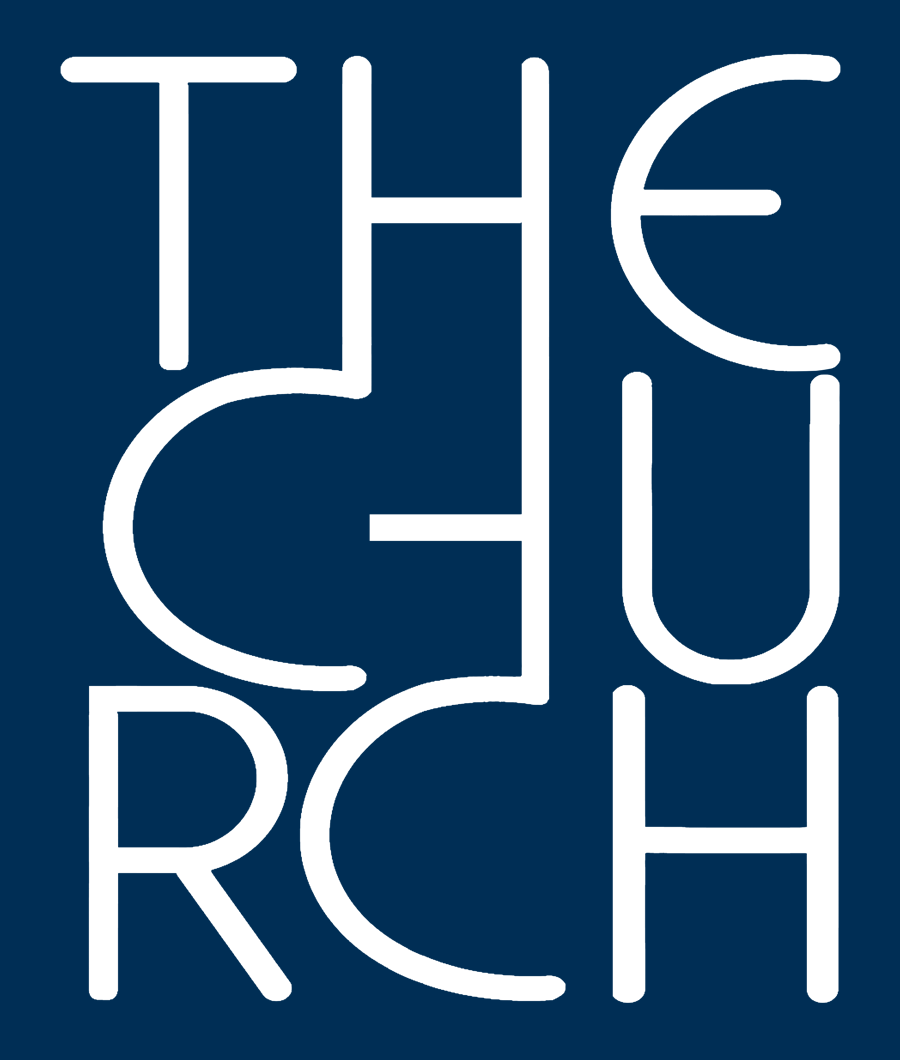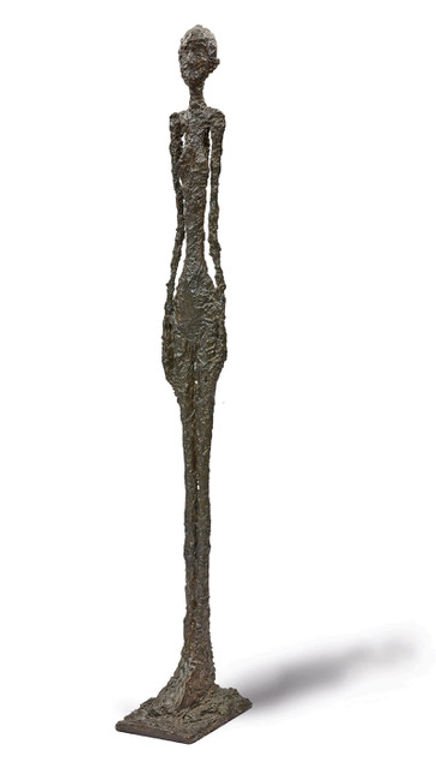Reflection On The Body In Art and Dance
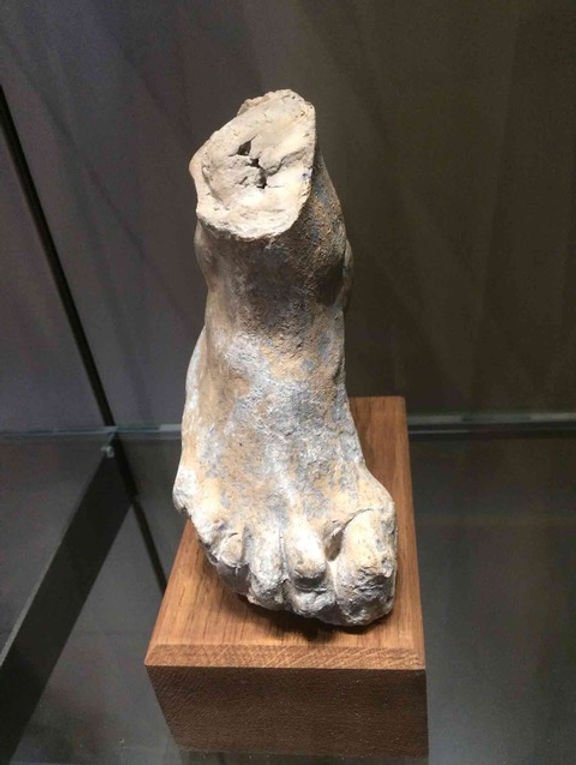
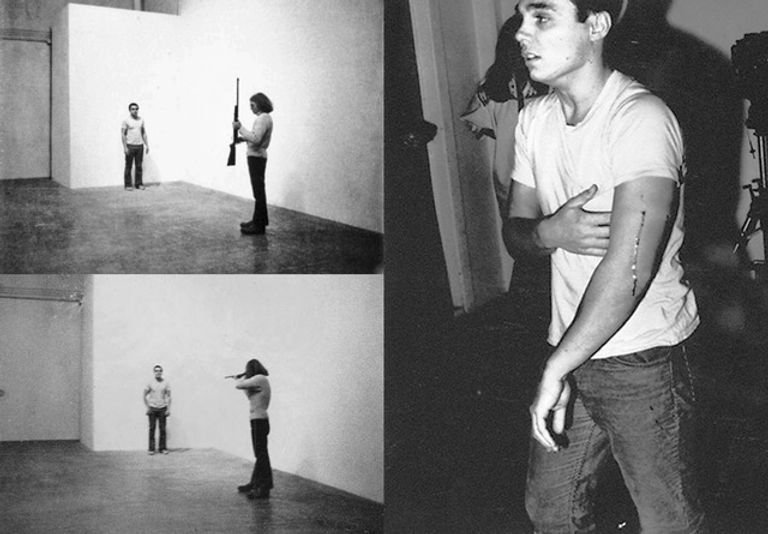
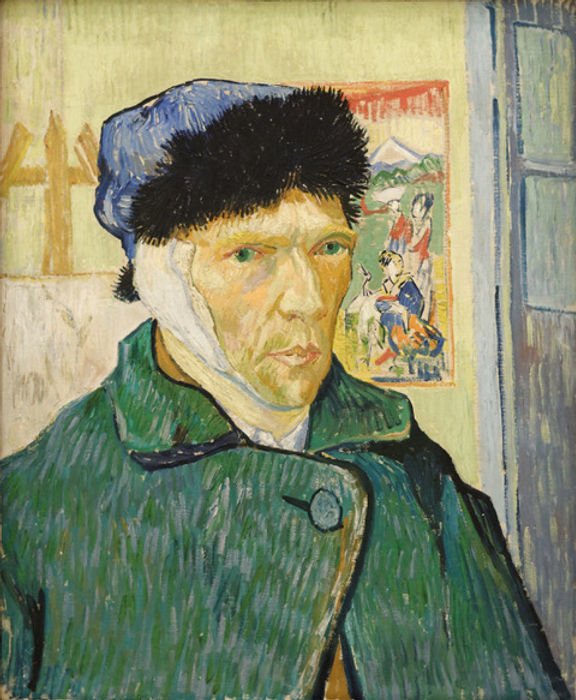
After Martha Graham Dance Company's residency at The Church in February, 2021, Eric Fischl offered this reflection on their work and the state of the body in art.
To see people using the space of The Church creatively, as intended, since only having workers there or bringing the occasional curious supporter through has made all the difference to me. The Church has now come to life with the residency of the Martha Graham Dance company, has begun to do what it was meant to do. The choreographers and dancers loved being and working there, and we were honored to have them inaugurate the space.
It was amazing to watch choreographer Sonya Tayeh transmit her vision and see the dancers (Lorenzo Pagano, Leslie Andrea William and Jacob Larsen) realize it! I felt privileged being allowed to witness her creative process, making the most subtle adjustments (how deep a dancer’s shoulder must turn, how sharp a cut, how long the position is held) are the seemingly small things you think you wouldn’t be able to perceive until you experience those refinements in creation and realize how big a difference they really do make.
I was talking to Janet Eilber, the artistic director of the Company about the body in dance and it reignited a meditation I have long had on the disappearance of the body in 20th century visual art. Here is a brief historic trajectory through Auguste Rodin, Alberto Giacometti, Vincent van Gogh and Chris Burden.
Rodin was the ultimate believer in our body’s ability to express itself, to externalize the emotional, sexual, psychological and spiritual needs of our souls. No matter how fragmented his sculptures are (sometimes only a hand, a foot), you know immediately and empathetically what the rest of the body is feeling.
Post WWII, the great Modernist sculptor Giacometti’s bodies are emaciated, chewed up figures who show the soul no longer being able to externalize, to share its angst except through deprivation. His artistic vision is the anorectic condition, the body barely animate.
In 1888, Van Gogh, in distress, cuts off his ear. No one thinks that was a work of art. He made a painting called Self-Portrait with Bandaged Ear. Everyone thinks this is art.
Almost one hundred years later, the radical body artist Chris Burden has himself shot in the arm as a performance at an art gallery. Everyone thinks this is art.
What happened in those 100 years that we would come to embrace self-mutilation as a form of creative expression? Aren't our struggles with injustice, helplessness, disappointments, missed opportunities, longing for connection and pleasure the same as they have always been? Certainly, it isn’t the body that has changed. So, what has changed?
This ongoing meditation was reactivated this week while watching these extraordinary dancers use their bodies in such expressive and beautiful ways. The one thing that cannot be disputed is that without the body there would be no dance. And watching them move in space as art, as expression, was a truly healing experience, inspiring and emotionally intact. It was also proof of a great artistic tradition that endures in the Martha Graham Dance Company.
– Eric Fischl, February, 2021
Short videos of the rehearsals are available on our YouTube Channel at The Church Sag Harbor
